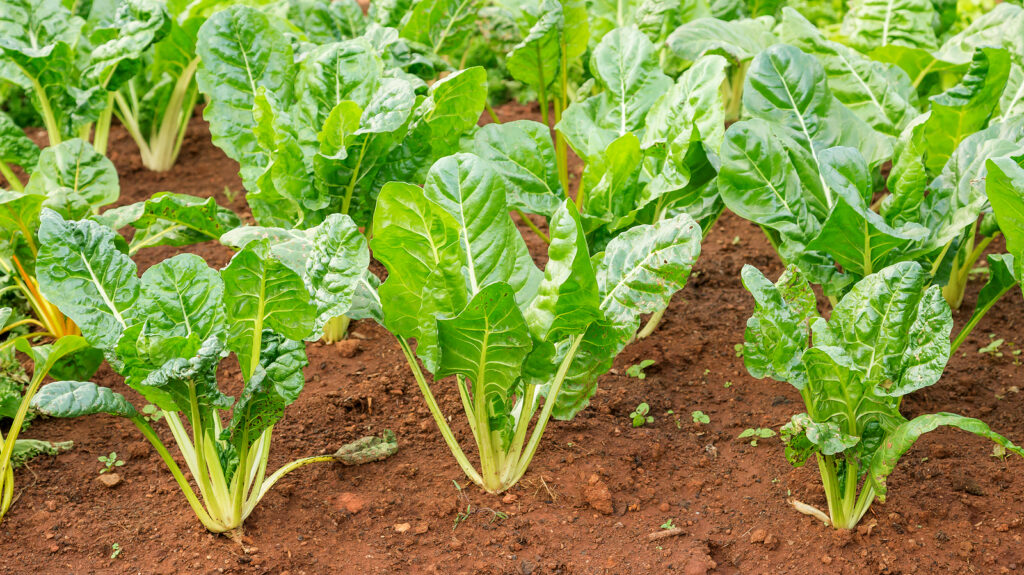Growing Swiss chard in raised beds is an excellent way to maximize space, improve soil quality, and enjoy vibrant, nutritious greens throughout the growing season. Raised beds offer better drainage, warmer soil temperatures, and easier access, all of which contribute to healthier, more productive Swiss chard plants.

Why Use Raised Beds for Swiss Chard?
- Improved Soil Drainage: Swiss chard prefers well-drained soil, and raised beds prevent waterlogging.
- Warmer Soil: Raised beds warm up faster in spring, allowing earlier planting and longer growing seasons.
- Better Soil Quality Control: You can amend the soil easily with compost and organic matter for optimal nutrient levels.
- Reduced Soil Compaction: Raised beds minimize foot traffic, helping roots grow freely.
- Easier Maintenance: Raised beds make planting, weeding, watering, and harvesting more comfortable.
Preparing Your Raised Bed
- Size and Location: Choose a raised bed at least 12 inches deep and situated in a spot receiving 4-6 hours of sunlight daily.
- Soil Mix: Fill beds with a mix of high-quality garden soil, compost, and well-aged manure to create fertile, loose soil.
- pH Level: Aim for soil pH between 6.0 and 7.0, ideal for Swiss chard growth.
Planting Swiss Chard in Raised Beds
- Sowing Seeds: Sow Swiss chard seeds ½ inch deep and 2-3 inches apart in rows spaced 12-18 inches apart.
- Thinning: Once seedlings emerge, thin plants to 6-12 inches apart to provide enough room for growth.
- Succession Planting: For continuous harvests, sow seeds every 3-4 weeks during the growing season.
Watering and Feeding
- Keep soil consistently moist but not soggy; raised beds dry out faster than in-ground gardens.
- Apply a balanced, nitrogen-rich fertilizer or compost tea every 3-4 weeks to encourage lush leaf production.
Pest and Disease Management
- Monitor for aphids, leaf miners, and fungal diseases.
- Use row covers or insecticidal soap as organic control measures.
- Ensure good air circulation by proper spacing to reduce fungal risks.
Harvesting Swiss Chard from Raised Beds
- Harvest outer leaves regularly by cutting 1-2 inches above the base.
- This encourages new leaf growth and prolongs the productive life of your plants.
Tips for Success
- Mulch raised beds to retain moisture and regulate soil temperature.
- Rotate crops yearly to prevent soil-borne diseases.
- Use drip irrigation or soaker hoses for efficient watering.
My Experience
With over a three decades of experience gardening in raised beds and growing Swiss chard, combined with horticultural research on soil health and crop management, this guide offers trusted, practical advice for gardeners aiming to grow Swiss chard successfully in raised beds.



